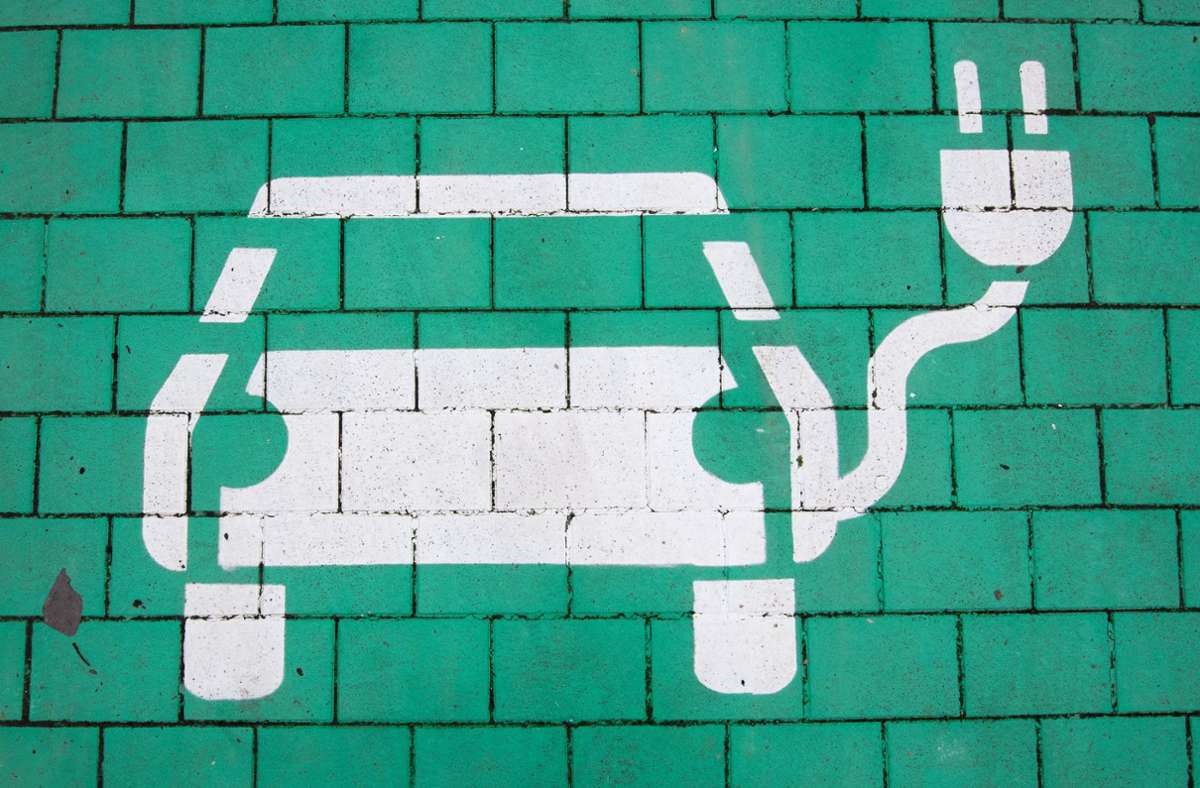There should be a charging station at least every 60 kilometers along the most important traffic axes in Europe. Charging should also be easier.
Hours of decision for e-mobility in Europe. In Brussels, two landmark decisions on future road traffic were made in quick succession. After weeks of blockade by Germany, the EU states decided on Tuesday to ban the registration of new combustion engine cars after 2035. Berlin agreed because in the next few months there are still to be legal regulations that combustion engine cars can also be powered by e-fuels, i.e. climate-neutral, artificial Fuels can be refueled. However, it is not certain whether this will succeed, as there is great resistance in the EU Commission, many EU states and above all in Parliament.
The expansion of the charging infrastructure also plays a key role in the success of the traffic turnaround. Many people still decide against buying an e-car because they are afraid of being stranded with their vehicle without electricity. For this reason, the expansion of charging stations and tank options for hydrogen should be pushed. The EU Parliament and the EU states agreed to a corresponding compromise on Tuesday night. In the coming years, motorists should be able to find a charging station at least every 60 kilometers along the most important traffic routes in the EU. In addition, every 200 kilometers there should be refueling options for hydrogen.
The focus is on the highways
“The number of electric cars has increased seventeenfold since 2016, but the number of charging stations has only increased sixfold,” said Ismail Ertug, the SPD MP responsible for the negotiations in the European Parliament. With the compromise, ambitious goals for the electric and hydrogen charging infrastructure have now been negotiated. Sweden’s Infrastructure Minister Andreas Carlson stressed that citizens no longer have to worry about finding charging points for their electric cars. The German Green MP Anna Deparnay-Grunenberg emphasized another relief for motorists. “The charging prices must be specified in kilowatt hours and are comparable for customers. They also have the option of paying by card everywhere.” So far there has been a certain amount of confusion.
However, as the EU Parliament has announced, there may be exceptions to the rule in justified cases when expanding the charging network. They are intended for very remote regions, islands and roads with very little traffic. According to the information, the expansion targets initially apply to the so-called TEN-T core network. These are the most important main thoroughfares in the EU. In Germany, this includes numerous autobahns.
Concentration on metropolitan areas
Apparently those responsible for the EU have reacted to studies such as those carried out by the state-owned KfW bank. It calls for a more coordinated approach to installing the charging network. So far, the expansion has “tend to be uniform”, which has led to offers that do not cover costs in sparsely populated areas. In the future, one should concentrate on the metropolitan areas, according to the KfW study. In rural areas, more car owners would simply have the opportunity to charge their e-car on a private parking space. In rural areas, almost 40 percent of those surveyed stated that they could generally charge a car on a private parking space. In large cities, only 19 percent said they could organize their own charging station, according to the study.
However, the fact that the situation in the countries of Europe is very different could become a problem in the next few years. Around 70 percent of all charging stations for e-cars are currently located in just three Member States, namely Germany, France and the Netherlands. There is a need to catch up, especially in the countries of Central and Eastern Europe.
